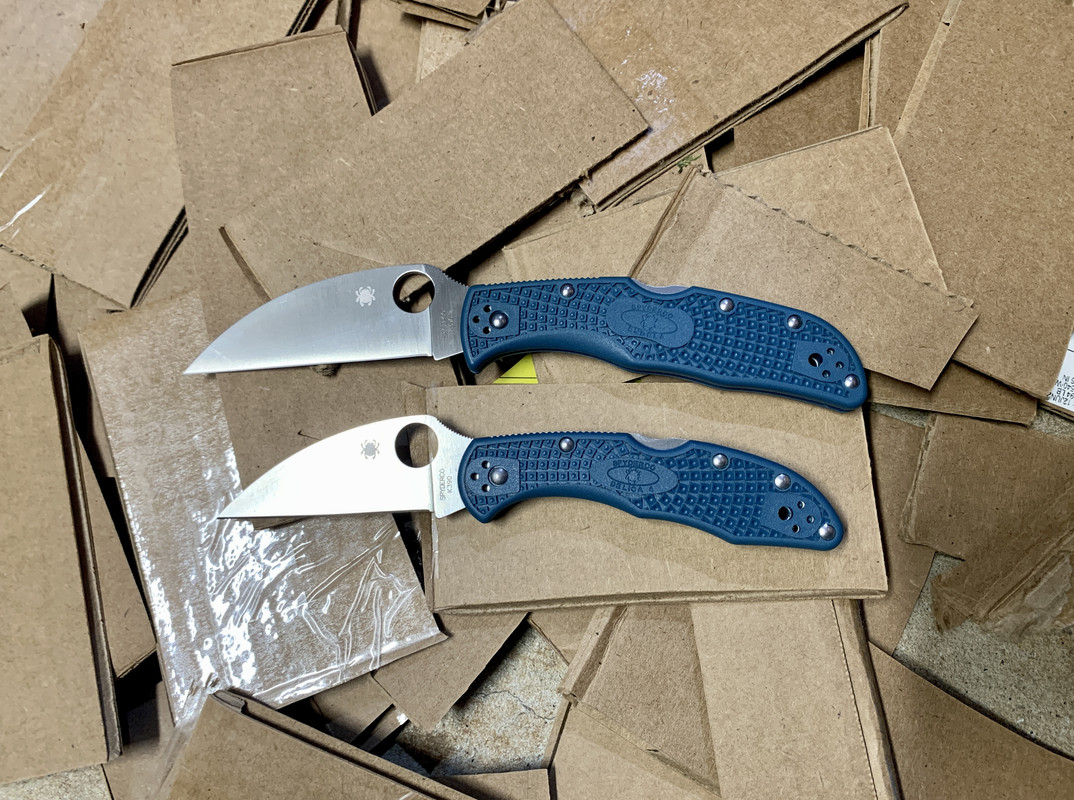That wasn't the video I originally heard it in. But I was in a Cafe with the sound down and took a punt.I don't think he talked about that, but he does discuss how the steel is "fatigued" from the factory grind, and that it takes several sharpenings to get to the good steel underneath the area which was ruined at the factory. Basically it's the same thing as I mentioned earlier: the factory grinding process can ruin the heat treat at the edge, and you need to remove the ruined steel by sharpening the knife until it's all gone.
I feel like I should get a medal for watching that whole video...
I have heard it mentioned a bit.
Here at about 4:30 he mentions how he goes from 20° to 17° and gets better edge retention.
There has been a couple other videos where reviewers have mentioned it in passing.
Do the cut test. Sharpen it do the cut test again and get better results.
It isn't something I know much about.
Last edited:

